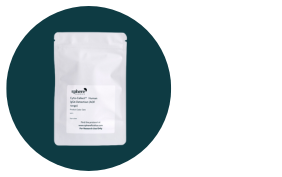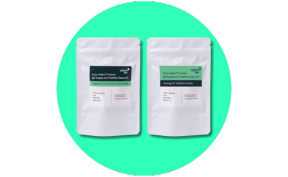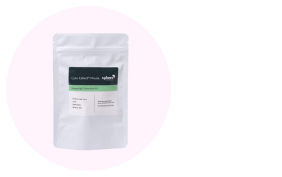Xin Liu featured in Biocompare
Optimizing Cell Sorting

PUBLISHED IN
ARTICLE TITLE
AUTHOR
PUBLICATION DATE
FEATURED EXPERT
Biocompare
Optimizing Cell Sorting
Emma Mason
October 17, 2023
Xin Liu, PhD, Senior Global Product Manager
This recent article explores how evolving cell sorting technologies address researchers’ changing needs by solving challenges such as complex panel design, cell viability, and contamination.
Cell sorting technology has continuously evolved over more than 50 years to keep pace with the expanding and increasingly complex needs of researchers. Initially focused on fluorescence-activated sorting with a handful of markers, modern systems can now detect dozens of fluorescent signals simultaneously and support diverse applications—from basic research to clinical diagnostics and therapeutics. Despite these advances, traditional cell sorting faces ongoing challenges including designing complex fluorescent marker panels, maintaining cell viability under high-pressure sorting conditions, and preventing contamination due to open instrument designs.
To overcome these limitations, experts from Deepcell, Sphere Fluidics*, NanoCellect, and ATCC highlight several cutting-edge innovations reshaping the field. Label-free AI-based sorting platforms enable morphological analysis and sorting without the need for fluorescent labels, reducing perturbation of cells. Picodroplet microfluidics encapsulates cells individually or in groups within tiny droplets, allowing high-throughput sorting based on secreted molecules or cell-cell interactions—capabilities that traditional methods lack. Additionally, cartridge-based microfluidic systems operate at gentle pressures within closed, sterile fluidic paths, preserving cell health and preventing contamination. Together, these advances expand the possibilities for research and therapeutic cell sorting while driving efforts toward greater standardization and reproducibility.

Xin Liu, Senior Global Product Manager
“Measuring cell-cell interactions requires multiple cells to be analyzed and sorted together, which cannot be accomplished using conventional techniques.”
Key Notes
Traditional sorting faces challenges with complex marker panels, cell viability, and contamination.
Picodroplet microfluidics allows sorting based on cell secretion and interactions at high throughput.
Standardization efforts help improve reproducibility and reliability in cell separation techniques.
Continuous tech advances drive better research and therapeutic applications in cell sorting.
For more insights on the latest developments in biologics and cell line research, visit Sphere Bio’s Knowledge Hub or or dive into our Cyto-Mine® Chroma solution for early-stage screening.
This article is part of our Editorial Coverage series, showcasing Sphere Bio’s thought leadership and technological contributions in top-tier industry publications. Stay tuned for more.



